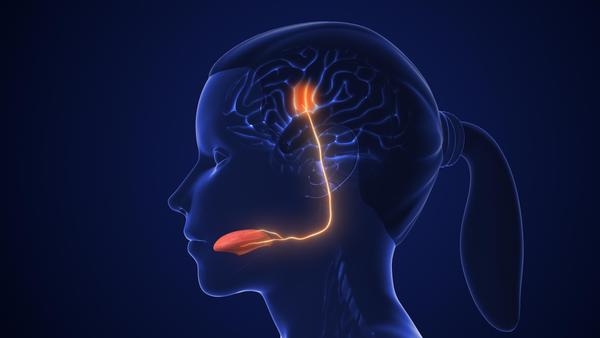Breakthrough in Neurotechnology: Scientists Develop Device That Translates Thoughts into Speech in Real Time
In a stunning leap forward for neuroscience, communication, and assistive technology, researchers have developed a device capable of translating internal speech — the silent, mental formulation of words — directly into audible speech, in real
time. This groundbreaking innovation promises transformative benefits for people who have suffered from a stroke, individuals with speech impairments, and profound implications for the future of human-machine interaction.
A Real-Time Interface Between Mind and Voice
The device, which represents the culmination of years of research in brain-computer interfaces (BCIs), uses neural signals associated with the formation of words in the brain’s speech
centers. Rather than relying on muscle movement or vocalization, the system decodes the brain’s intended language before it is ever spoken — essentially giving voice to one’s internal monologue.
- How It Works:
The device employs high-resolution sensors placed on or near the surface of the brain (depending on the model) to detect patterns of neural activity associated with phonemes, words, and syntax. These patterns are then processed by machine learning
algorithms trained to map specific brain signals to spoken language in real time. - Speed and Accuracy:
Unlike prior generations of BCI speech technologies, which often required users to spell words letter by letter or relied on slow, clunky interfaces, this new system can translate thoughts at conversational speeds — allowing for natural, fluid communication. Preliminary trials show a remarkable degree of accuracy and latency low enough to support actual
conversation.
Designed for the Voiceless — and Beyond
While the device has wide-ranging theoretical applications, its primary purpose — and greatest promise — lies in restoring speech for those who have lost it due to injury (such as a stroke) or disease.
- Applications for Patients:
Individuals with stroke-induced aphasia, amyotrophic lateral sclerosis (ALS), traumatic brain injury, or locked-in syndrome stand
to benefit most immediately. For these individuals, the ability to communicate via natural internal speech — rather than by typing or using eye-tracking software — is not merely convenient; it is life-changing. - Ethical Safeguards and Consent:
Developers have emphasized that the device cannot and does not read arbitrary thoughts. It is tuned specifically to detect patterns associated with intentional speech formation. Importantly, all neural data remains under the
user’s control, and ethical frameworks are being designed in tandem with the technology to prevent misuse.
A New Era in Human-Computer Communication
Beyond its assistive potential, this technology opens new frontiers in human-computer interaction and artificial intelligence.
- Silent Communication:
Imagine issuing voice commands to your smartphone or computer silently, without speaking aloud — a potential
boon for privacy, accessibility, and multitasking. - Cross-Language Translation:
In future iterations, internal speech could be translated not only into spoken words, but into different languages in real time, removing linguistic barriers across borders and cultures. - Augmenting Human Expression:
This development marks a step toward truly seamless interfaces where intention and execution blur — allowing thought itself to become the medium of
communication.
Ongoing Research and Future Developments
Although the current models are invasive (requiring implants), non-invasive alternatives are also under exploration, using high-density EEG or advanced imaging techniques. The long-term goal is to make this life-enhancing technology accessible to as many people as possible.
- Next Steps:
Clinical trials are expanding, with refinements being made
to the vocabulary range, speech inflection, emotional nuance, and multilingual capabilities. Researchers are also working to miniaturize and streamline the hardware for everyday use.
Giving Voice to Thought
This scientific achievement doesn’t just represent a technical milestone — it marks a fundamentally human one. For the first time, people whose thoughts could not find expression may soon speak freely through technology. As with all
powerful tools, responsible stewardship will be critical. But in its essence, this innovation represents a triumph of empathy, ingenuity, and the unrelenting drive to connect — mind to mind, word to word.
Stay tuned as we continue to witness science fiction come to life yet again, as the future of communication unfolds — no longer from the lips, but directly from the mind.
Our Services
Our
estate planning and elder care services include comprehensive strategies that work for you at each stage of life. Whether you're looking to avoid probate, protect your assets from disappearing in the event you need long-term care, or ensure the highest quality care for yourself or a loved one, our team is here to assist you every step of the way.
Learn more about our services and how we can help you plan for the future.
Stay healthy, stay informed, and take the steps necessary to build a lasting personal and financial legacy for you and your loved ones.


